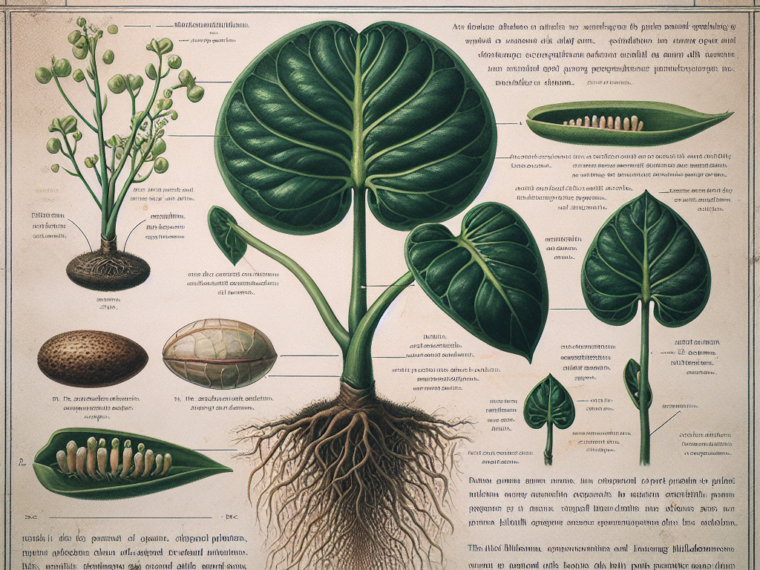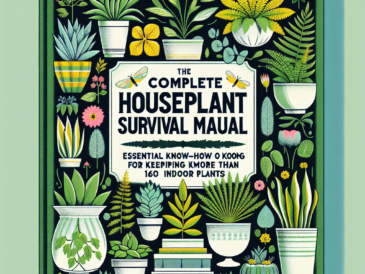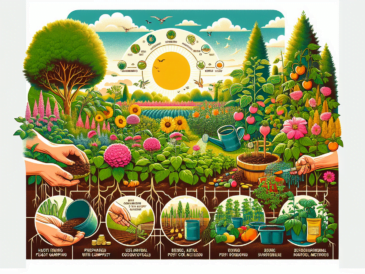Overview of Philodendron Plants
Philodendron plants are a favorite in homes for their vibrant green leaves and easy upkeep. They come from the rainforests of South America and are part of the Araceae family. Their heart-shaped leaves make them decorative and eye-catching.
Benefits of Growing Philodendron Plants
Growing Philodendron plants is beneficial because they clean the air, getting rid of harmful substances like formaldehyde and benzene. They are also simple to take care of, needing just a bit of water and can handle low light well. This makes them perfect for those who are often busy or new to gardening. They also make any room look better and feel soothing.
Philodendrons are great for both indoor and outdoor spaces due to their lush leaves and ease of care. Native to Central and South America, these plants are appreciated for their glossy, large leaves. They also do well in dimly lit areas, which makes them ideal for indoors or office settings.
Characteristics of Philodendron Plants
Their big leaves, which can be either heart-shaped or long and either smooth or lobed, come in various greens. They have aerial roots that help them climb and grow steadily.
Different Types of Philodendron Plants
There’s a wide range of Philodendron types, such as Philodendron Brasil, Selloum, Micans, and Birkin. Each has its own leaf shapes, sizes, and colors for plant lovers to choose from.
Ideal Growing Conditions for Philodendron Plants
Philodendrons love a warm, damp setting with indirect, bright light. They need soil that drains but holds onto moisture and must be watered often, letting the soil dry a little between watering. Mist them now and then to keep them happy. These plants aren’t picky and accommodate different growing conditions, suitable for novice or seasoned gardeners alike.
Philodendrons are popular home plants thanks to their vibrant foliage and simple care routine. They adapt easily to many indoor environments – perfect for newbies or plant pros.
Planting and Potting Philodendron Plants
Pick a pot that has holes in the bottom for your Philodendron. This stops too much water from collecting inside. The soil should drain nicely but still hold a bit of moisture to support the plant’s growth.
B. Proper Planting Techniques for Philodendron Plants
Lay the plant’s roots flat in the pot and cover them with dirt, but don’t plant them too deeply or you might damage them. Firm the soil around the plant softly to keep it upright, then water it generously.
C. Repotting Philodendron Plants
When a Philodendron gets too big for its current home, move it to a new pot that’s just a bit bigger to prevent drowning it with water. Untangle the roots before placing it in the new pot. Afterward, put in new soil and give it a good drink of water.
Caring for Philodendrons means you have to pay attention to things like how moist the air is, when to water and feed them, cleaning up dead leaves, and dealing with bugs and sickness.
Watering and Humidity Requirements for Philodendron Plants
These plants prefer moist yet draining soil. Make sure you water them on a consistent basis, only when the topsoil dries out a bit. Boosting humidity through misting or using a pebble tray with water helps too.
Fertilizing Philodendron Plants
In their growing season (spring to early fall), fertilize every four to six weeks using balanced liquid fertilizer for lush growth.
Pruning and Grooming Philodendron Plants
Trim off any yellow or damaged leaves and cut back any long stems to keep your plant looking neat. Wiping down leaves with a damp cloth also stops dust from building up.
Dealing With Common Pests and Diseases
Watch out for pests like spider mites or mealybugs. If you spot them, act quickly with insecticidal soap or neem oil to stop them from spreading. Keep your plant in good shape through proper watering and air flow to prevent fungal diseases such as root rot.
Philodendrons are not difficult to propagate – a great way to get more plants or share with friends. Different methods suit different preferences, so with some patience and care, you’ll see new growth soon.
Methods for Propagating Philodendron Plants
You can propagate through stem cuttings, air layering, or division. Cuttings involve snipping off a piece of stem with a node, air layering means making an incision in a stem and wrapping it with moss until roots form, and division splits a mature plant into smaller ones.
Tips for Successful Propagation of Philodendron Plants
Pick a healthy mother plant and use clean cutting tools for best results. The right warmth and light will help new growth along. Keep the ground moist but not soggy while waiting for roots to form.
Philodendrons make great house décor being both pretty and versatile no matter how big your space is.
Creative Ways to Display Philodendron Plants in the Home
Hanging them saves space while making any room look lively. Try placing them on shelves or stands for an attractive setup, or group various types for dramatic effect.
Incorporating Philodendron Plants Into Different Decor Styles
You can match these adaptable plants to any decor by choosing appropriate pots – sleek ones for modern looks or quirky vintage pots for eclectic vibes.
As houseplants, Philodendrons stand out due their lush look and maintenance ease. Coming from the Americas’ tropics, they’re available in diverse species with unique leaf designs and growing habits suitable for indoor beauty.
Troubleshooting Common Issues With Philodendron Plants
When issues like yellow leaves, brown spots, or wilted foliage occur, first identify the cause. Overwatering may turn leaves yellow; brown areas could signal fungal infection.
B. Tips for Maintaining Healthy Philodendron Plants
To keep your plant healthy, provide bright indirect sunlight, water when needed, and check humidity levels. Watch out for pests or diseases and nip problems in the bud early. A bit of fertilizer during growing periods gives extra nutrition for stronger growth.
Frequently Asked Questions (FAQ)
How do I get my philodendron to grow?
To encourage growth, provide your philodendron with the right amount of light, water, and nutrients. Regular pruning can also help promote healthy growth.
Are philodendrons easy to grow?
Philodendrons are generally considered easy to grow, making them a popular choice for houseplant enthusiasts of all experience levels.
Where do philodendrons grow best?
Philodendrons thrive in well-lit indoor spaces with indirect sunlight. They can also be grown outdoors in warm, humid environments.
How do you care for a philodendron plant indoors?
Indoor philodendron care involves providing the right amount of water, light, and humidity. Regularly checking the soil moisture and ensuring proper drainage are essential.
Should I mist my philodendron?
Misting can help increase humidity, which can benefit your philodendron. However, it’s important to avoid over-misting, as this can lead to fungal issues.
Can philodendron grow without sunlight?
While philodendrons prefer indirect sunlight, some varieties can tolerate low-light conditions. However, prolonged lack of light may affect their growth and health.
Are philodendron hard to keep alive?
With proper care and attention to their specific needs, philodendrons can be relatively easy to keep alive and thriving in your home environment.
Does philodendron need to climb?
Climbing types of philodendrons have aerial roots or rootlets that allow them to climb and attach to a support structure. Non-climbing types can be grown as hanging basket plants or in containers.
Are philodendron OK in low light?
While philodendrons can tolerate low-light conditions, they may not thrive as well as they would in well-lit spaces with indirect sunlight.
How often should I water my philodendron indoors?
Water your philodendron when the top inch of the soil feels dry to the touch. Ensure that the pot has proper drainage to prevent overwatering.



